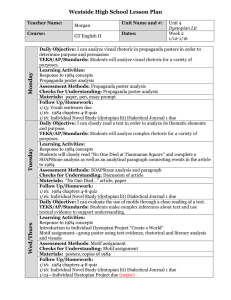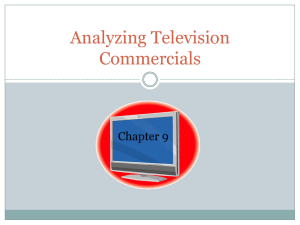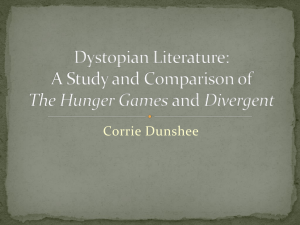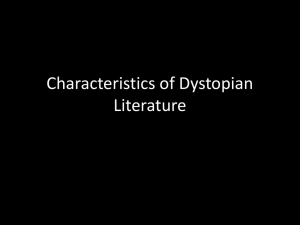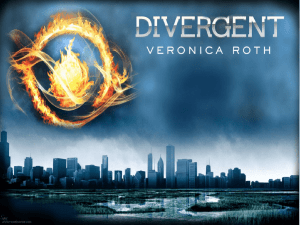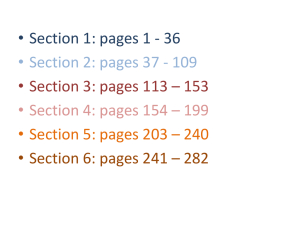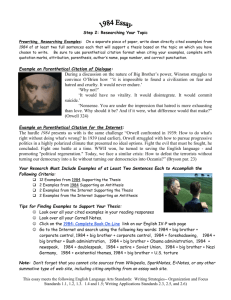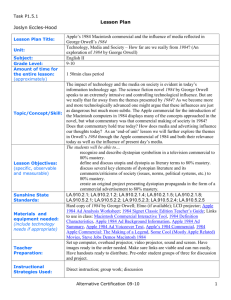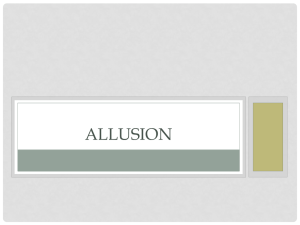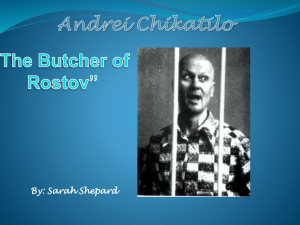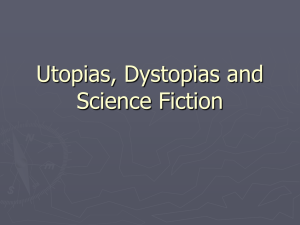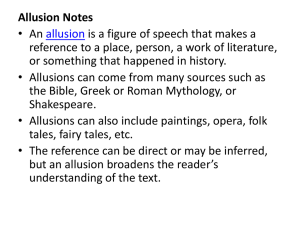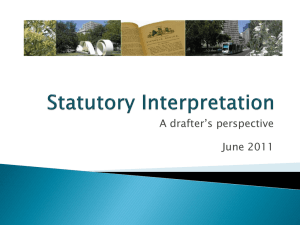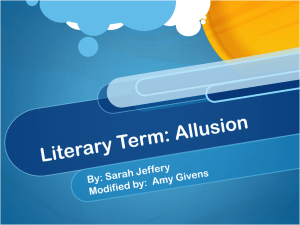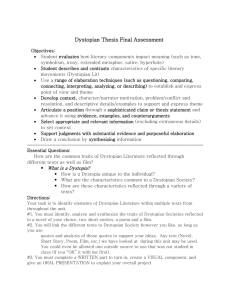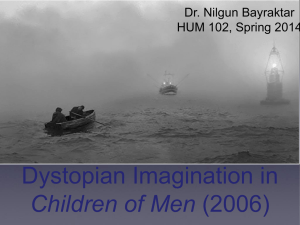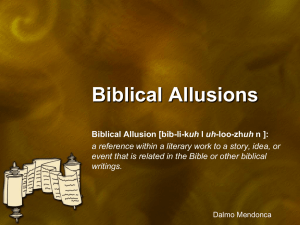Historical Allusion in 1984
advertisement
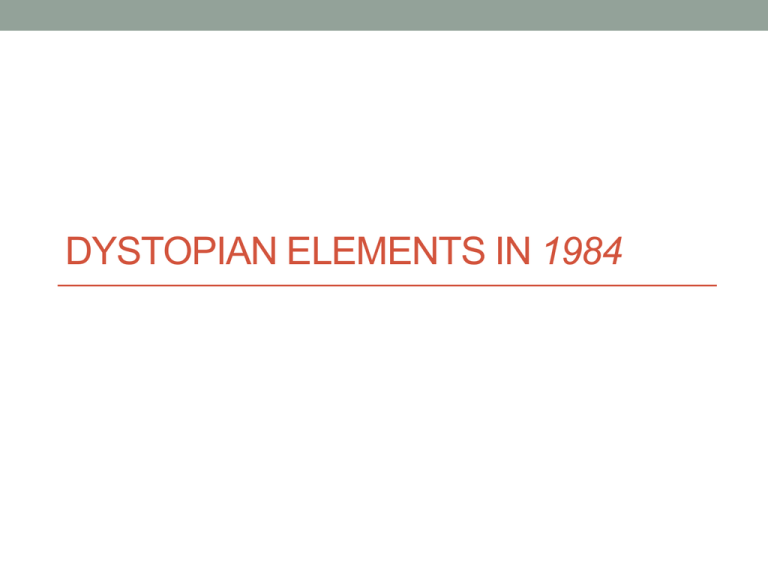
DYSTOPIAN ELEMENTS IN 1984 Historical Allusions in 1984 • The Parson’s children spy on their parents while they sleep. • They set fire to a lady who wraps her sausages in newspaper with an image of Big Brother on it. • Hitler Youth before and during World War II. Historical Allusions in 1984 The steamer is a rocket bomb and represents the V-I bomb which was dropped on London during World War II. The bomb created terror because it was unmanned and would hum right up to the moment it dropped. Also called the ‘doodlebug.’ Historical Allusions in 1984 • Oceania is at war with Eurasia and Eastasia at various times. Sometimes the change from ally to enemy is sudden. This reflects how quickly the U.S.S.R. became an enemy of the U.S. and Britain after World War II ended. The Cold War ensued. Historical Allusions in 1984 Rationing was common in Britain, other European nations, Canada, and the U.S. in World War II and for years after. This is reflected in 1984 when the chocolate ration is reduced (but said to have increased) and Mr. Parsons runs out of razor blades. Historical Allusions in 1984 Big Brother is an allusion to Joseph Stalin, Russian dictator. Historical Allusions in 1984 The Russian purges after the Russian revolution and before World War II are reflected in the disappearances of characters such as Comrade Withers and the majority of old people in the society. Dystopia An imagined place or state in which everything is unpleasant or bad, typically a totalitarian or environmentally degraded one. Elements of dystopian literature • Act I is largely exposition, establishing the parameters of the society and introducing the characters. • Usually some precipitous event occurs toward the end of Act I that introduces the conflict and begins the rising action. • Act II contains most of the rising action as it follows the attempts of the main character to either escape or change the society. • The climax—the point at which the character’s attempts to fulfill his/her desire and the society’s attempts to thwart him/her reach the point at which one side or the other must win—usually occurs either at the end of Act II or the beginning of Act III • Act III contains the falling action, the aftermath of the action in Act II. • The theme is derived from the resolution of the plot: if the attempt to escape is successful, or the dystopian society is changed, the novel has a positive theme. • If, however, the attempts at escape or change fail, the novel has a negative theme. Characters in dystopian fiction • Common characters in the dystopian novel include: • Representative of the powerful, those in control. • Representative of the “typical” citizen, perfectly happy with the society or blissfully unaware of the society’s flaws. • At least one character disenfranchised by the society, who desires either to escape or to change. Point of view • The narrative point of view is almost always from the inside… either a member of the society itself or someone who enters it. Themes of dystopian novels • The individual is worth nothing more than a part of the government machine • Power resides with a dictator or large government • Control is through communication, education, mass media and popular culture. Military control plays a lesser role. • The controlling party often encourages drug and alcohol use, sexual promiscuity, rampant consumerism Themes Scapegoats are found to deflect blame for the suffering of the people. Who is the scapegoat in 1984? How does the government use him to “deflect blame?” Two Minutes of Hate Click photo to see clip from the movie 1984. (Youtube). • The End

